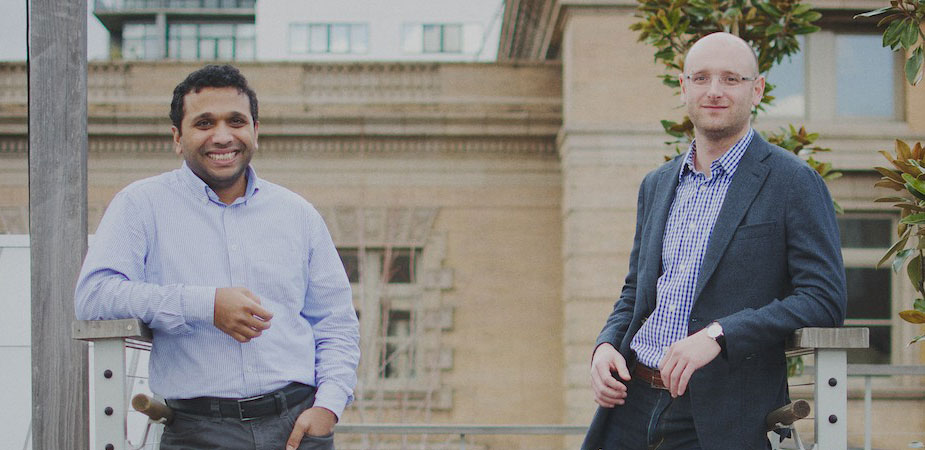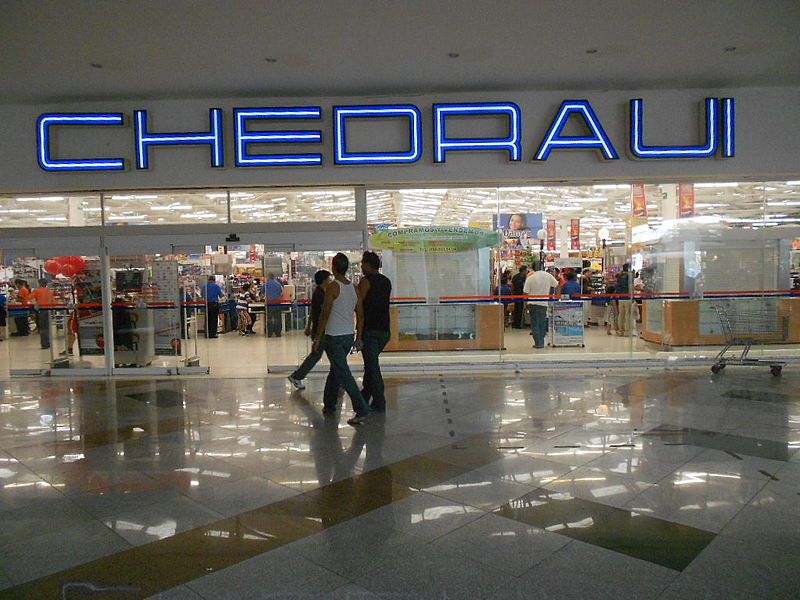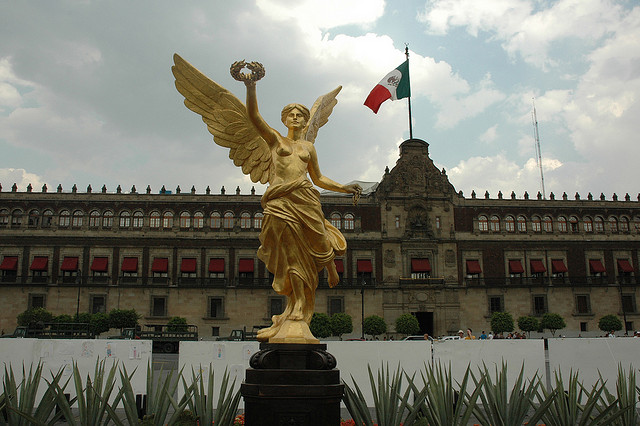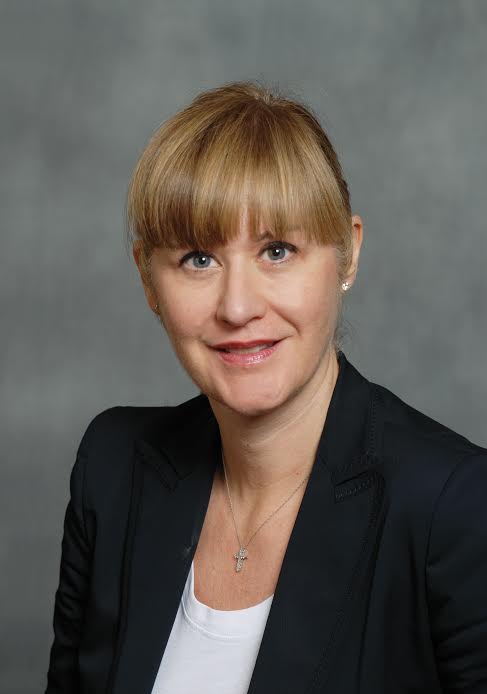Hines Sells a Portfolio of Six Mexican Properties to Fibra Uno
| By Fórmate a Fondo | 0 Comentarios
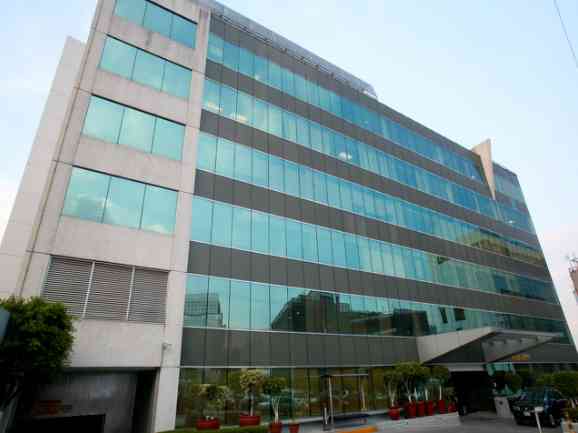
The Mexico City office of Hines, the international real estate firm, has announced the sale of a portfolio of five industrial assets and one retail center to Fibra Uno, a Mexico-based real estate investment trust. Financials on the deal were not disclosed. The Mexico City office of Savills represented Hines in the transaction, while Fibra Uno was self-represented.
The 100 percent leased industrial portfolio consists of five assets with an NRA of 119,133 square meters (1.3M square feet). Two of the properties are located in Guadalajara, one in Irapuato, one in Aguascalientes and one in San Luis Potosi. Hines developed the portfolio in 2009, and the predominantly international tenant base is comprised of a mix of light manufacturing and logistics operations.
The 98 percent leased retail center, CityCenter Merida, is a thriving, 26,264-square-meter, open-air shopping/entertainment center in Merida, on the Yucatán Peninsula. The property contains more than 60 shops and restaurants, including a Walmart Supercenter, La Europea gourmet specialty store, a Cinemark XD cinema complex, in addition to a host of the city’s most popular bars and restaurants. Since Hines completed the project in 2010, CityCenter Merida has established itself as the most vibrant retail and entertainment center in the city.
“Hines is proud of the quality of the assets we have developed, and we view this sale as another example of the firm’s strength as both a developer, and a shrewd investor in institutional -grade real estate across Mexico,” stated Hines Senior Managing Director Palmer Letzerich. “We have confidence in Mexico’s growth potential, evidenced by the strong returns generated by this portfolio. We also view this transaction as a harbinger of the increasingly positive real estate investment market here as well as our team’s ability to successfully execute south of the border”.
Hines Managing Director – Investment Management, Michael Krause, added, “Over the last 10 years, Hines has invested over $850M across the major markets of Mexico. This most recent and successful monetization paves the way for Hines to execute on the subsequent five year investment strategy of placing $250M in select office and industrial acquisitions and developments.”
Hines entered the Mexico real estate market in 1992. Currently, the firm owns and manages approximately 14 million square feet of office, industrial and retail space there. Hines is a privately owned real estate firm involved in real estate investment, development and property management worldwide. The firm’s historical and current portfolio of projects that are underway, completed, acquired and managed for third parties includes 1,283 properties representing more than 516 million square feet of office, residential, mixed-use, industrial, hotel, medical and sports facilities, as well as large, master-planned communities and land developments. Currently, Hines manages 378 properties totaling 151.9 million square feet, which includes 84.3 million square feet for third parties.

